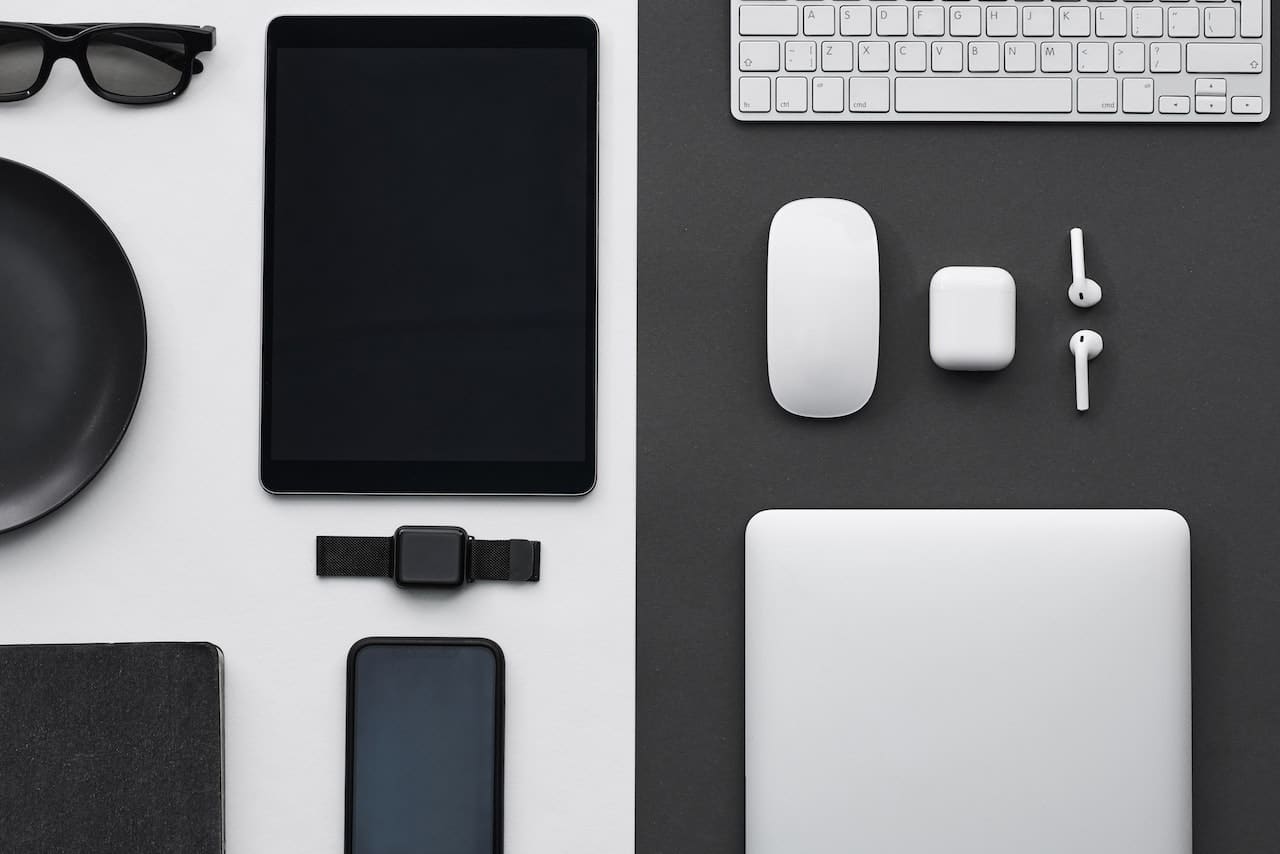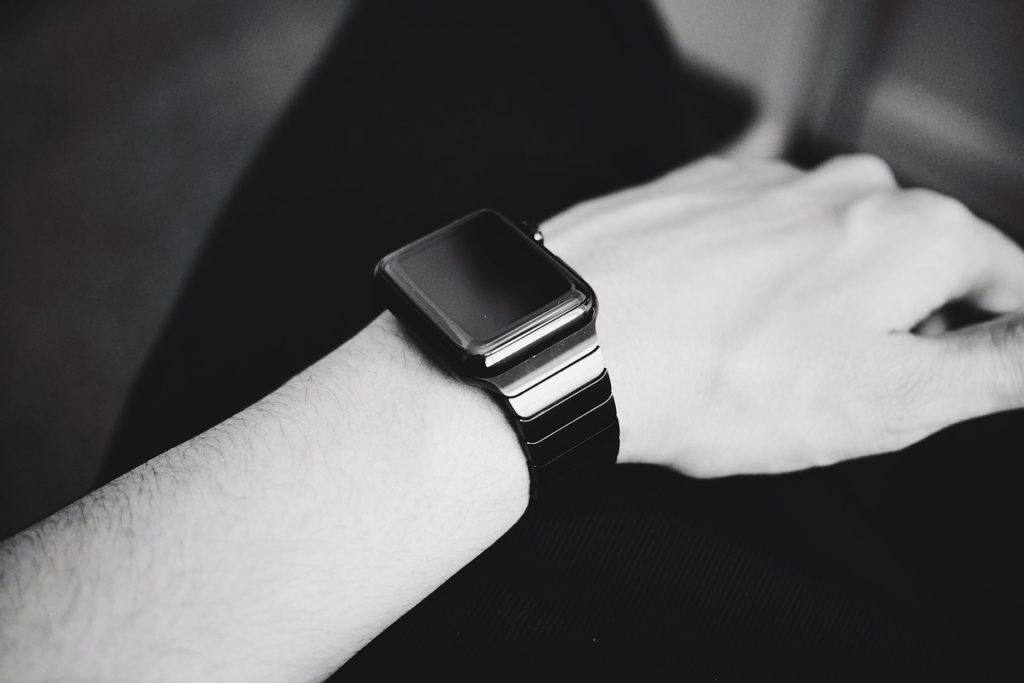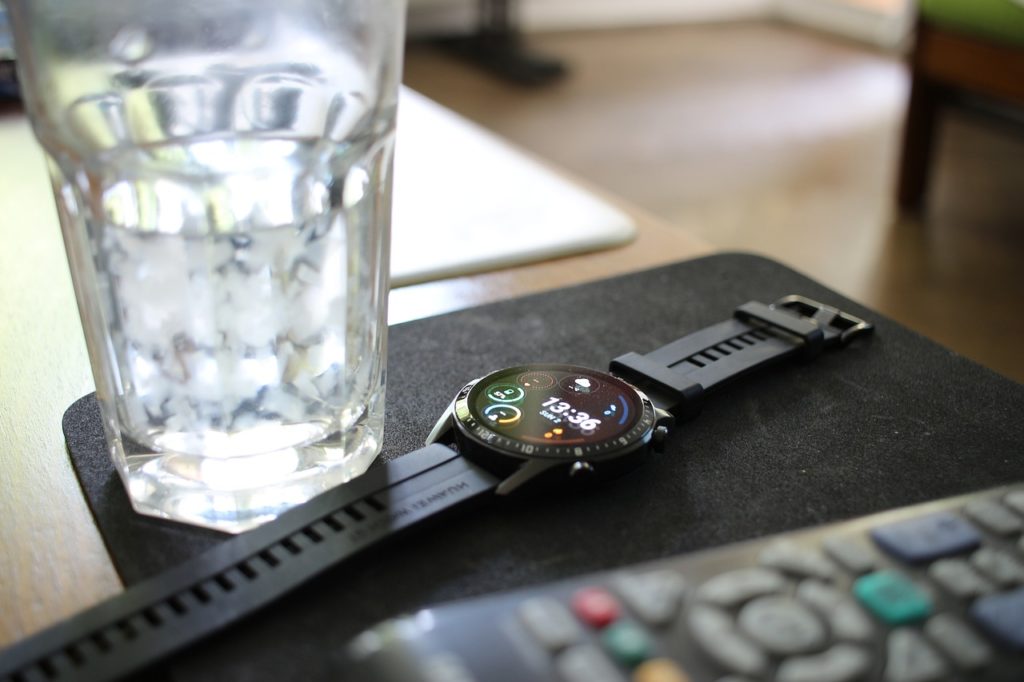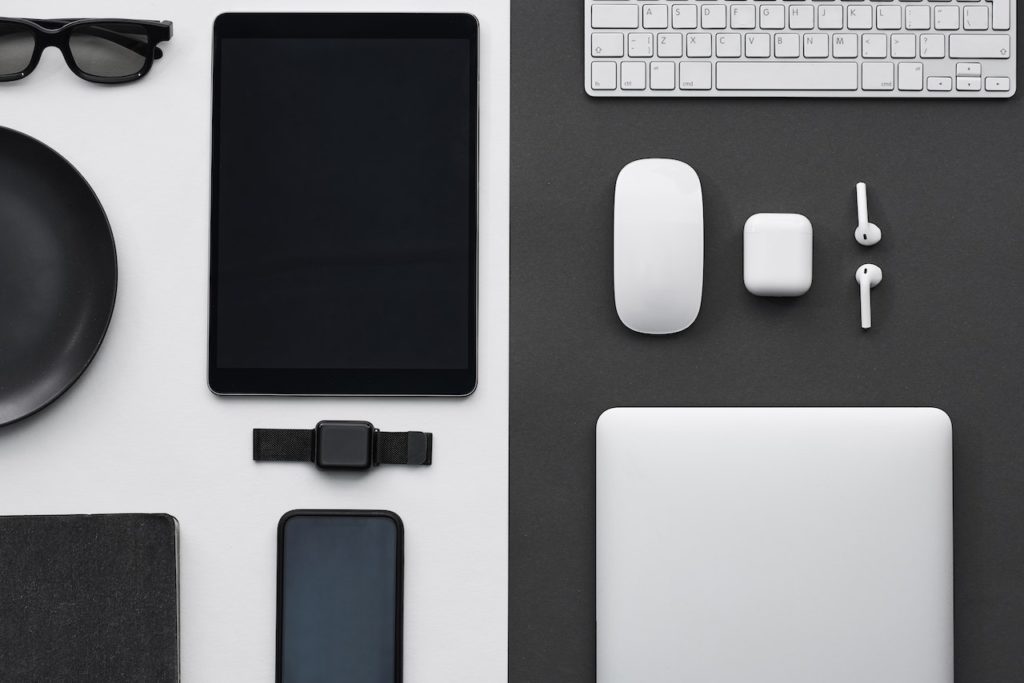Smartwatches
20 Fun Facts About Smartwatches

Smartwatches have transitioned from a niche gadget to a mainstream tech accessory, seamlessly integrating technology into our daily lives. They do more than just tell time; they monitor our health, keep us connected, and sometimes, even save lives. In this article, we’re going to explore 20 intriguing facts about smartwatches that will highlight their fascinating journey, unique capabilities, and potential future. So, let’s start our time travel to this small device’s big world.
Historical Facts about Smartwatches
The Birth and Evolution of Smartwatches
The first smartwatch, the Pulsar “Time Computer,” was introduced by Hamilton Watch Company in 1972, offering users a calculator – an astounding feature for its time. However, the term “smartwatch” wasn’t officially coined until 1999 with Microsoft’s SPOT (Smart Personal Object Technology) watch, designed to receive data over FM radio waves.
Over the years, these watches have evolved from single-function devices to multi-functional, internet-enabled devices. With the launch of Pebble in 2013, the world saw the true potential of a smartwatch for the first time. The Kickstarter-funded watch, equipped with an e-paper display, could connect to both Android and iOS devices.
In 2015, Apple stepped into the game with the Apple Watch. Not only did this smartwatch offer a sleek, modern design, it boasted features like answering calls and texts, fitness tracking, and Apple Pay.
Unique Smartwatch Models from History
Some smartwatches from history hold unique places, such as Seiko’s RC series, released in 1984. They could store computer data, which could then be transferred to other devices. The Timex Datalink, released in the mid-90s, took it a step further by allowing wireless data transfer.
The Samsung SPH-WP10 in 1999 was the first watch phone, long before the idea was popularized by spy movies. And who could forget the Casio calculator watches, a perfect blend of utility and nostalgia?

Technical Aspects of Smartwatches
Intriguing Features in Smartwatches
Today’s smartwatches have moved far beyond mere timekeeping. For example, the Apple Watch Series 6 comes with an electrocardiogram (ECG) monitor, a blood oxygen level monitor, and even fall detection. Meanwhile, Garmin’s smartwatches have GPS and preloaded sports apps for those who live an active lifestyle.
The Samsung Galaxy Watch allows you to control your smart home devices directly from your wrist. Some watches like the Fitbit Versa 3 come with an always-on display feature, and others like the Fossil Gen 5 offer multiple battery modes.
Surprising Technical Capabilities of Modern Smartwatches
The technological capabilities of modern smartwatches can be astonishing. The Withings ScanWatch, for instance, can detect sleep apnea. Matrix PowerWatch 2 converts body heat and solar energy into battery power. Meanwhile, Apple’s WatchOS7 introduced handwash detection, proving helpful during the Covid-19 pandemic.
Developments in Smartwatch Technology
We have seen remarkable developments in smartwatch technology over the years. There’s eSIM technology, enabling standalone connectivity. We have seen improvements in battery life, like in Huami’s Amazfit Bip S, which boasts 40 days of battery life. And with AI integration, watches like Apple Watch Series 6 and Samsung Galaxy Watch 3 provide proactive health monitoring and fitness tracking.

Health and Fitness Facts about Smartwatches
Smartwatches and Health Monitoring
Health monitoring has become one of the primary purposes of smartwatches. Many modern smartwatches can track your heart rate, blood oxygen levels, sleep patterns, and more. The Apple Watch Series 6, for example, can generate an ECG similar to a single-lead electrocardiogram.
Fitbit’s smartwatches, such as the Fitbit Versa 3 and Fitbit Sense, can monitor stress levels by measuring skin temperature variations and electrodermal activity. Some Samsung smartwatches also have a Women’s Health tracking feature, providing menstrual cycle tracking options.
Fitness Tracking in Smartwatches
Fitness tracking is another popular feature of smartwatches. They can count steps, measure distance traveled, calculate calories burned, and even provide workout recommendations. Watches like the Garmin Forerunner series and Suunto smartwatches are designed for serious athletes, offering detailed insights like VO2 max estimation, training status, and running dynamics.
Unique Health-Related Features in Certain Smartwatch Models
Certain smartwatches have unique health-related features. For example, Apple Watches have a Breathe app that encourages users to take a moment for mindfulness. The Fitbit Sense comes with an EDA (Electrodermal Activity) sensor to detect stress levels. And Garmin’s watches include an incident detection feature that sends your location to emergency contacts if an incident is detected during outdoor activities.

Fun and Unusual Smartwatch Facts
Smartwatches in Pop Culture
Smartwatches have made their mark in pop culture, too. James Bond famously wore a smartwatch in Octopussy in 1983, long before real smartwatches hit the market. And who could forget Inspector Gadget with his smartwatch-like devices?
Unusual Uses for Smartwatches
There are also some unusual uses for smartwatches. Some people use them as a remote for their drone or GoPro, while others use them to control their PowerPoint presentations. The Apple Watch, for instance, can act as a viewfinder for your iPhone’s camera.
Record-Breaking Smartwatch Achievements
Pebble still holds the record for the most funded Kickstarter project ever, with their campaign raising more than $20 million. The Apple Watch Series 4 also made headlines for being the first over-the-counter consumer product that enables customers to take an electrocardiogram.
Impact of Smartwatches on Society
Smartwatches in Daily Life
Smartwatches have made a substantial impact on our daily lives. They help us stay connected without being tethered to our phones. For many, the smartwatch has replaced the traditional wristwatch, alarm clock, and even wallet, with features like mobile payments.
Smartwatches in Different Sectors
In the medical sector, smartwatches can provide vital health data for doctors and patients alike, offering insights into heart health, sleep patterns, stress levels, and more. In the fitness world, they have become almost a necessity, providing real-time data to help people achieve their fitness goals.
Conclusion
The world of smartwatches is a fascinating one. From their humble beginnings as digital watches to their current status as indispensable tech gadgets, smartwatches have come a long way. As technology continues to advance, we can only expect more amazing things from the world of smartwatches in the future. As we have seen, smartwatches are much more than time-telling devices; they are a vital part of our digital, connected lives. We hope these 20 intriguing facts have given you a deeper understanding and appreciation of these remarkable devices.






















